Many people think hip exercises are mostly reserved for seniors, helping restore function and reduce arthritic pain, but even the fittest athletes can benefit from hip exercises and hip workouts. The hip is the largest joint in the body, and the muscles surrounding and controlling the hip are required for everything from getting in and out of a chair, climbing stairs, and walking to running, jumping, squatting, and deadlifting.
The best hip workouts combine hip-strengthening exercises with hip mobility exercises because it’s equally important to have the flexibility and full range of motion in your hip joints as it is to have the strength and power for any activities you choose to take on. Moreover, most of us have excessively tight hips—usually unknowingly—so opening them up with targeted hip mobility exercises can reduce pain and improve the efficiency and biomechanics of your movement patterns. Get ready to get stronger, more mobile hips, and keep reading for the best hip exercises and hip workouts.
Hip Joint and Muscles
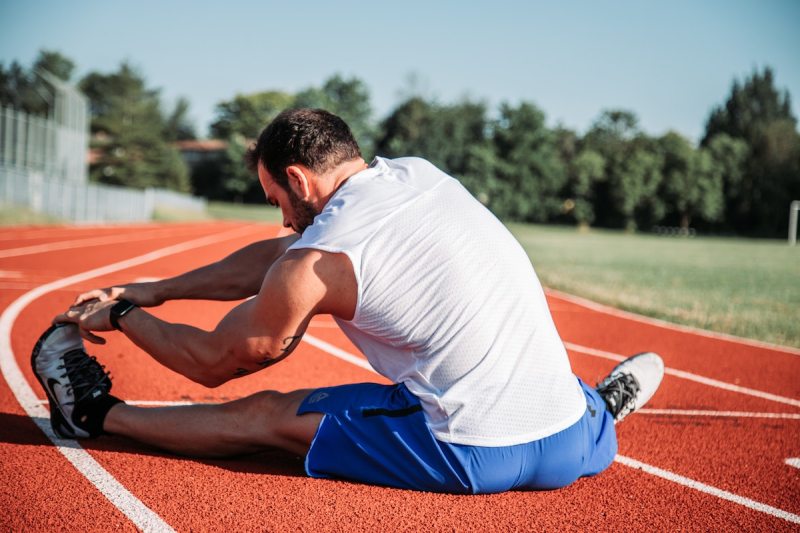
The hip is the largest synovial joint in the body and has a ball-and-socket configuration wherein the head of your femur (thigh bone) articulates into the concave acetabulum (socket) formed by the bones of the pelvis. This mobile joint allows for forward flexion and extension, lateral abduction (out to the side) and addiction, and internal and external rotation.
The hip joint is controlled by several large and small muscles, which is why the best hip workouts include exercises that target each of these muscles in one way or another. For example, the hamstrings and glutes are muscle groups comprised of several synergistic muscles that together help extend the hip. The Iliopsoas group of muscles flexes the hip. There are also smaller and deeper muscles like the piriformis, tensor fascia latae, gemellus superior and inferior, and obturators that help with rotation, and a large group of adductors in the inner thigh, among others. While you don’t need to be an anatomy buff or memorize every muscle to strengthen your hips, the takeaway is that hip motions are highly complex and it’s important to engage in a well-rounded hip workout program with strengthening and mobility exercises for all the controlling muscles.
Benefits of Hip Exercises
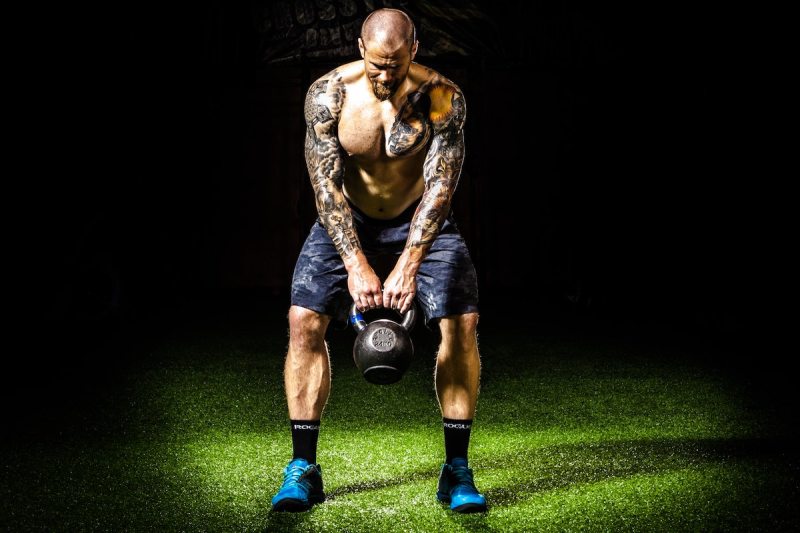
As mentioned, the hip is one of the primary joints in the body, connecting the trunk to the lower extremities. Hip exercises are crucial to keep this joint healthy, strong, and fully functional. Moreover, because many of us sit for most of the day, muscle imbalances and tightness can develop in the surrounding tissues, limiting the range of motion and increasing the risk of injuries. The benefits of hip exercises include the following:
- Strengthening the hip muscle
- Correcting muscle imbalances
- Opening up the hip joint and increasing range of motion
- Boosting athletic performance
- Reducing the risk of arthritis and injuries
- Improving running economy
- Increasing jump height and running speed
- Reducing pain
- Building muscle
- Improving posture and balance
Best Hip Exercises
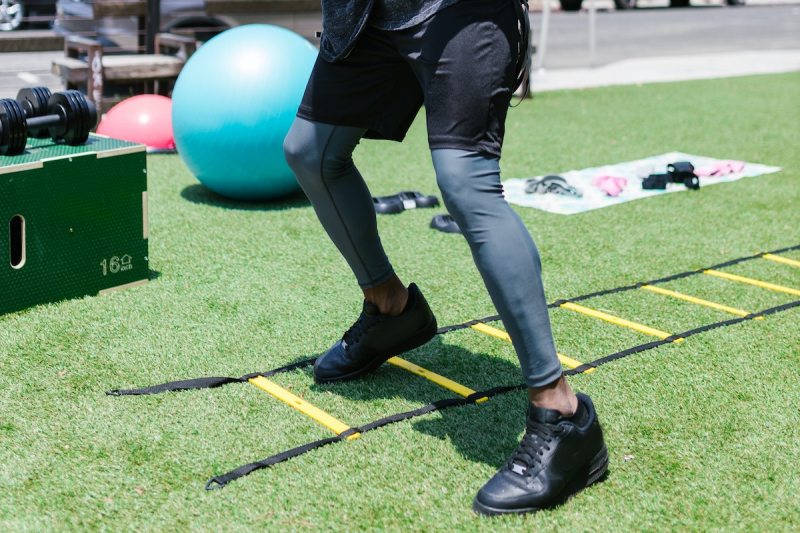
Hip exercises can be divided into two general categories: Hip strengthening exercises and hip mobility exercises. The first group helps make the muscles surrounding and controlling the hip stronger while the latter group of exercises reduces tightness and increases range of motion in the hips so you feel more limber and flexible. Tight hips limit movement and can cause pain, so it’s important to spend time mobilizing your hips when you strengthen them. Some of the best hip exercises don’t just target muscles of the hips, but they still involve important hip muscles and movements and can improve your functional hip strength.
Hip-Strengthening Exercises
- Deadlifts
- Hex bar deadlifts
- Single-leg Romanian deadlifts
- Bodyweight squats
- Sumo squats
- Goblet squats
- Kettlebell swings
- Lunges
- Walking lunges
- Reverse lunges
- Rear-elevated split squat
- Leg press
- Hamstring curls with a stability ball
- Hip adduction/abduction machine
- Clamshells
- Side leg raises
- Resistance band lateral walks
- Single-leg glute bridges
- Barbell hip thrusts
- Lateral lunge
- Banded hip marches
- Step-ups
- Power clean
- Lateral step-ups
- Inner thigh ball squeezes
- Speed skaters with a lateral slide board
- Box jumps
- Squat thrusts
- High knees
- Burpees
- Spider-Man push-ups
Hip Mobility Exercises
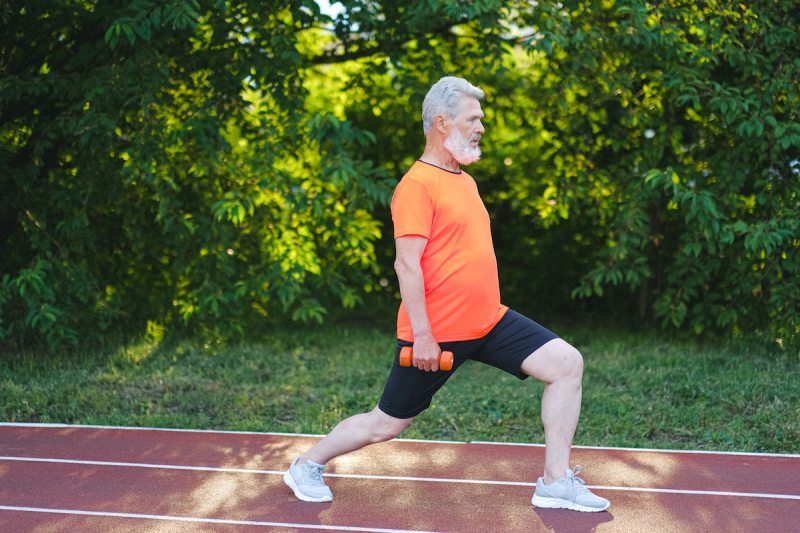
- Frankenstein walks
- Hip circles
- Donkey kicks
- Hip swings
- Side leg raises
- Butterfly stretch
- Hip flexor stretch
- Frog stretch
- Fire hydrants
- Agility ladder drills
- Glute bridges
- Straight leg raise
Best Hip Workouts
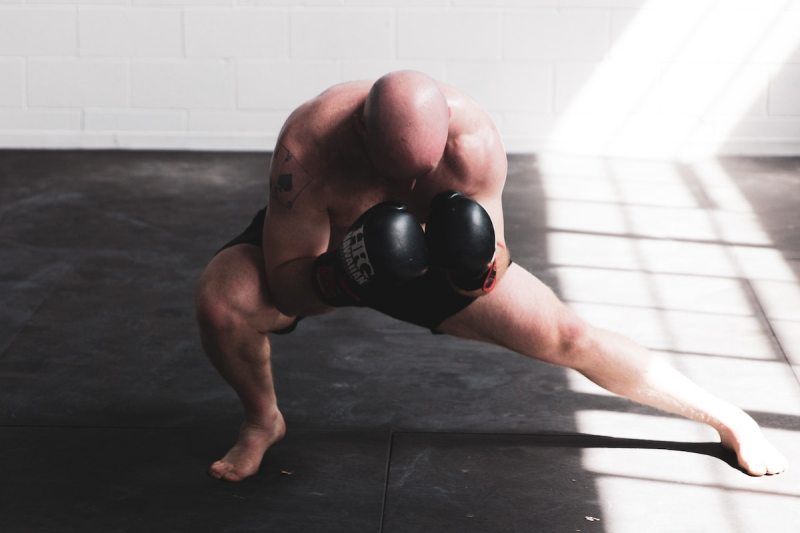
The best hip workouts balance stretching and mobility work with hip strengthening exercises that target different groups of hip muscles. For example, include exercises such as clamshells that strengthen hip abductors like gluteus medius along with exercises that strengthen hip adductors.
If you’re rehabbing a hip injury or have hip pain, only work with exercises you can perform pain-free. Focus on hip mobility exercises and bodyweight exercises before progressing to using resistance bands, ankle weights, or machines.
If you sit most of the day, focus on stretching your hip flexors and strengthening your hip extensors (glutes), with exercises like step-ups, deadlifts, and split squats. Lastly, for those who participate in sports like running, cycling, and hiking, focus on lateral training exercises to balance out the repetitive forward motion of your normal activity, as this can lead to weak hip rotators and abductors.




